US media envisions a three-party deal: Lakers Texinci assists Zhan Dong, Hachimura Hachimura & Kneket to the Heat
2:43pm, 12 September 2025Basketball
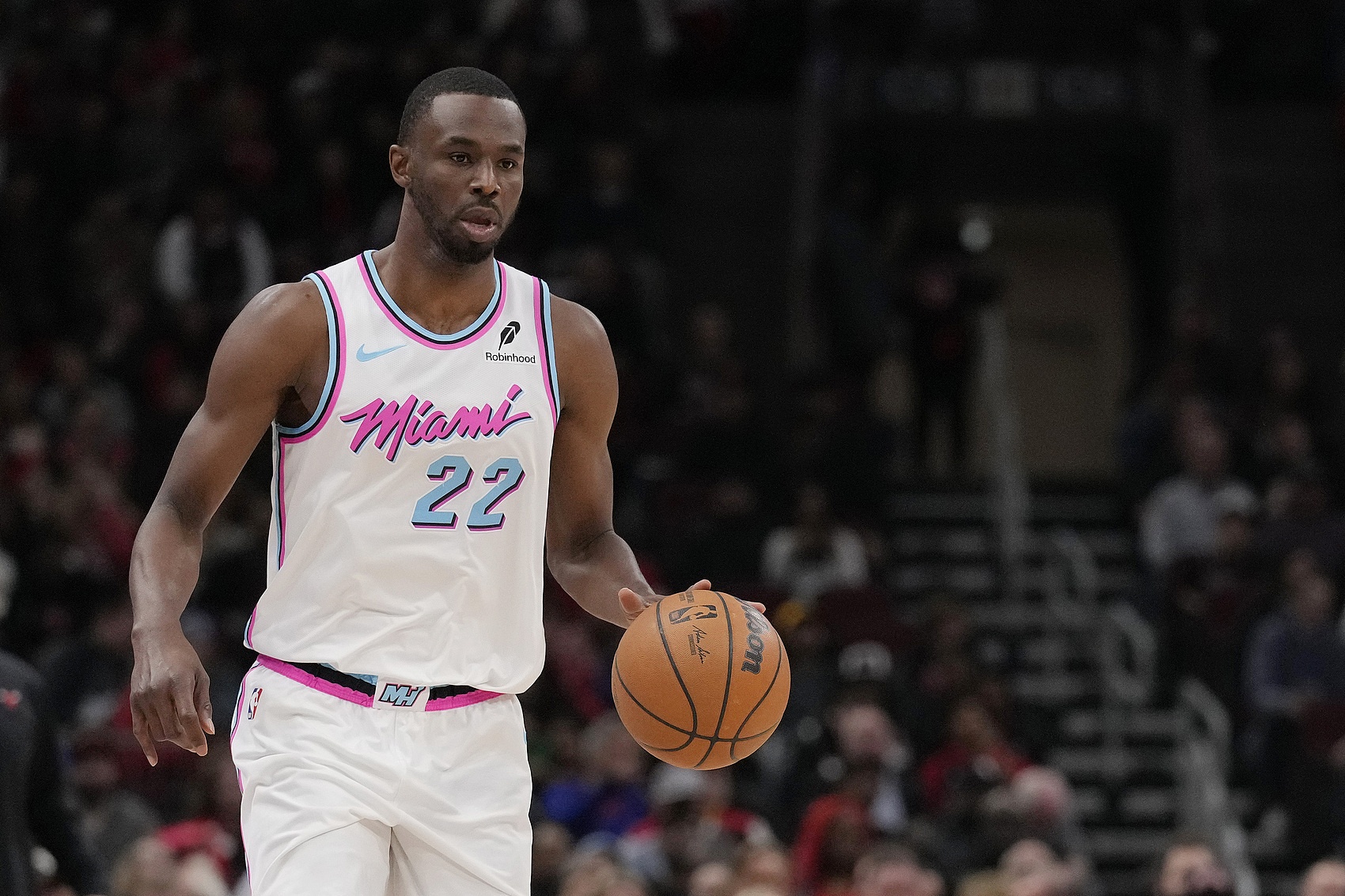
Translator's note: The original text was published in Bleacher Report. The data in the article were as of the time of the original text (September 10th local time). The dates and times involved were local time
The Lakers recently renewed Luca Doncic in advance, but hesitated to give LeBron James a similar promise.
Instead, James executed the option for his last year of contract, which could give the team a huge cap space in the summer of 2026.
Some competitor executives and agents got the impression that the Lakers chose to prioritize the flexibility of the cap space rather than trade those who have been on years of contracts. On Monday, Marc Stein pointed out that the plan may have changed. "The Lakers were reluctant to consider taking over the contract after the 2025-26 season early in the offseason, but this attitude has been loosened." Marc Stein pointed out that if the Heat are willing to trade Andrew Wiggins, he could be a potential target.
Considering Wiggins' $28.2 million salary this season (and the $30.2 million player option for the 2026-27 season), what would a theoretically feasible trade between the Lakers and the Heat look like?
Below is a three-party deal idea that was introduced to the Nets to take advantage of their flexibility in luxury taxes and salary caps to send Wiggins from the Heat to the Lakers.
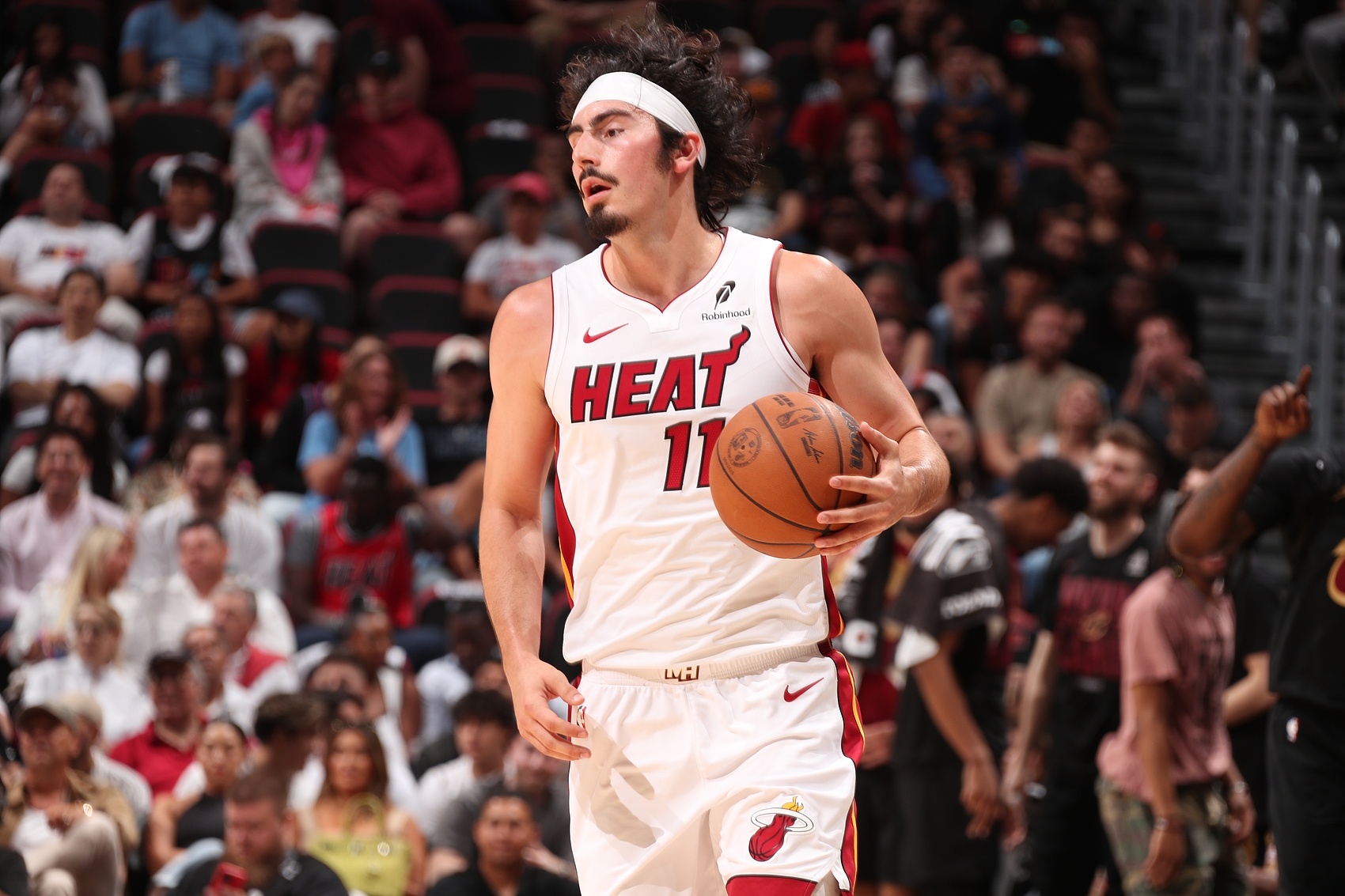
Complete trading plan
Lakers get:
Andrew Wiggins (from the Heat)
Jaime Hakkes (from the Heat)
Drew Timmy (from the Nets)
Heat get:
Hachimura Hatsuki (from the Lakers)
Dalton Kneckett (from the Lakers)
$10 million trade special case (Transfer) The Nets get:
Maxi Cleber (from the Lakers)
The second round pick of the Nets in 2026 (from the Heat)
$4.6 million (from the Heat)
$2 million (from the Lakers)
Note: The Lakers pack Hachimura, Kneckett and Cleber to get Wiggins and Hax, while the Nets use their cap space to accept Cleber's salary.
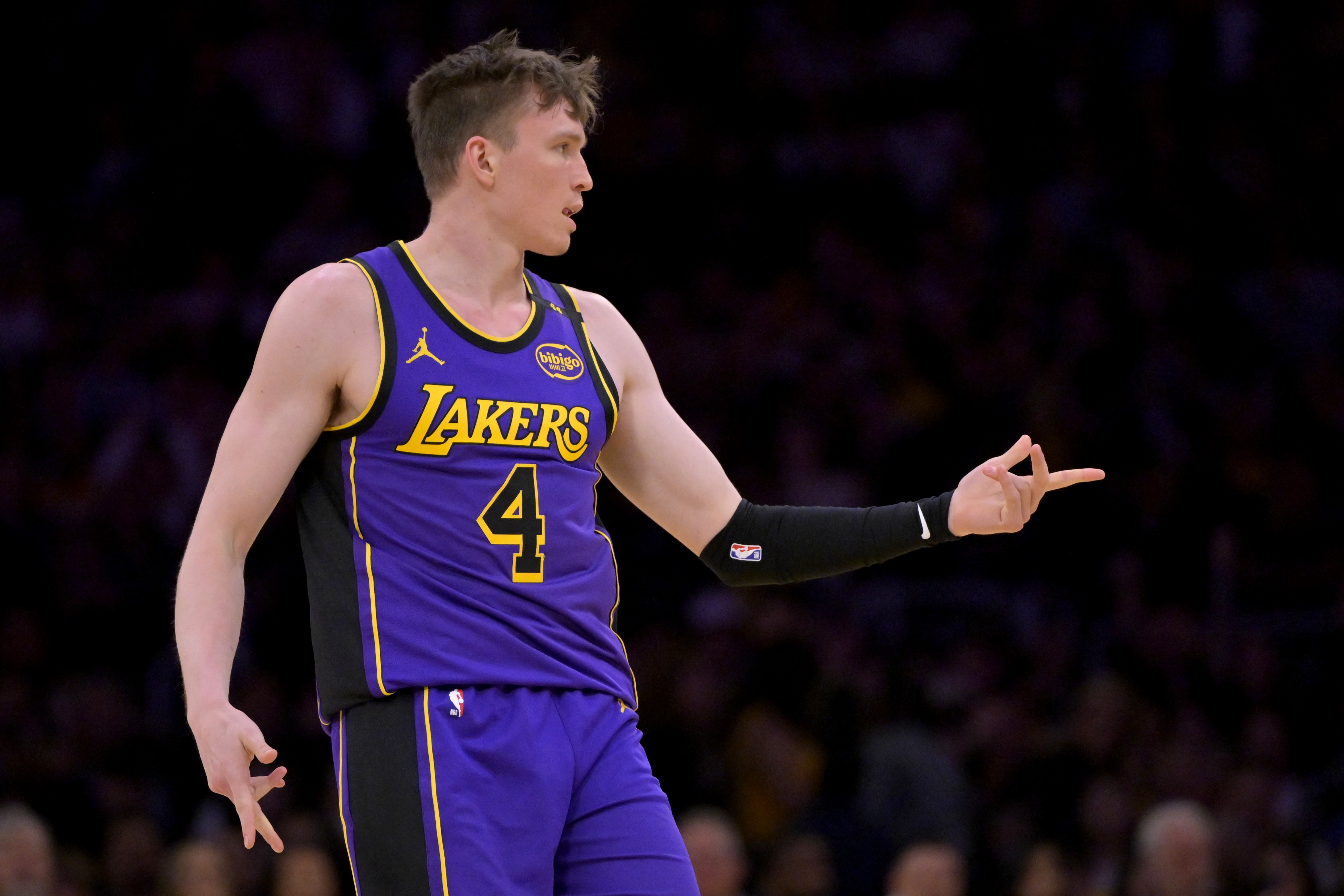
The Heat get Kneckett through Jimmy Butler's trade special case (with $3.8 million left), but the team can also choose to use the special case they get in the Heywood Highsmith trade. Timmy is carrying a basic salary contract, which is still an insured contract in the Lakers' salary book.
The second round pick in 2026 is just a symbolic gesture, and the Heat returned the Nets' own draft pick (this draft pick is protected with the top 55 picks and is basically impossible to cash).
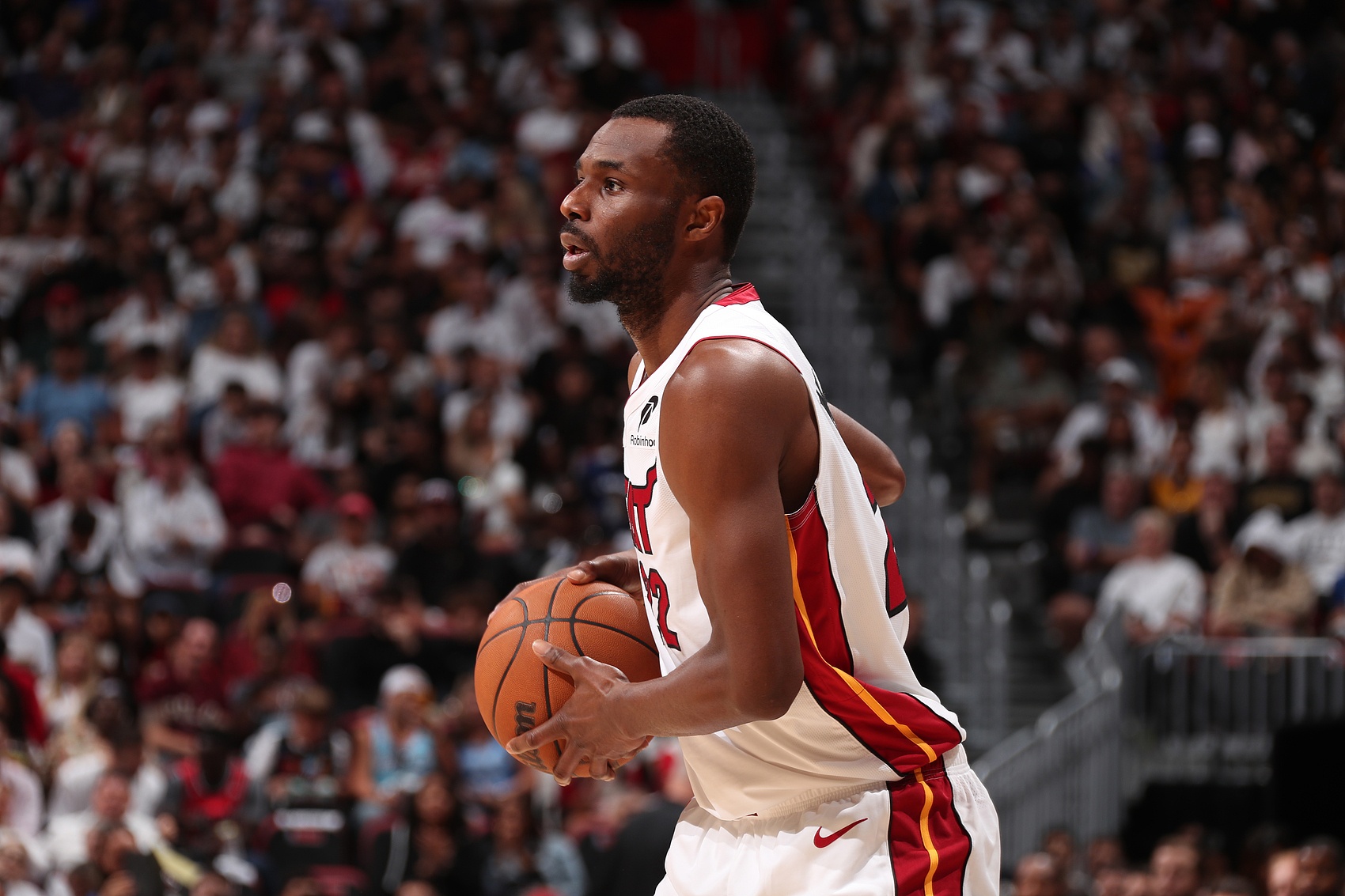
Why do the Lakers do this?
According to Marc Stein's logic, the Lakers are willing to bear longer contracts, and Wiggins' contract fits that right -- his contract has only one year left after the end of next season.
If he can fit in well, he can choose to jump out of the contract and stay on the team with a lower annual salary but longer years. Or the Lakers can also take advantage of his expiration contract in future deals.
From a basketball perspective, the 30-year-old will be the team's best outside defender. He is 6 feet 7 inches (about 2.01 meters) tall and will fill the vacancy left by Dorian Finney Smith after he left.
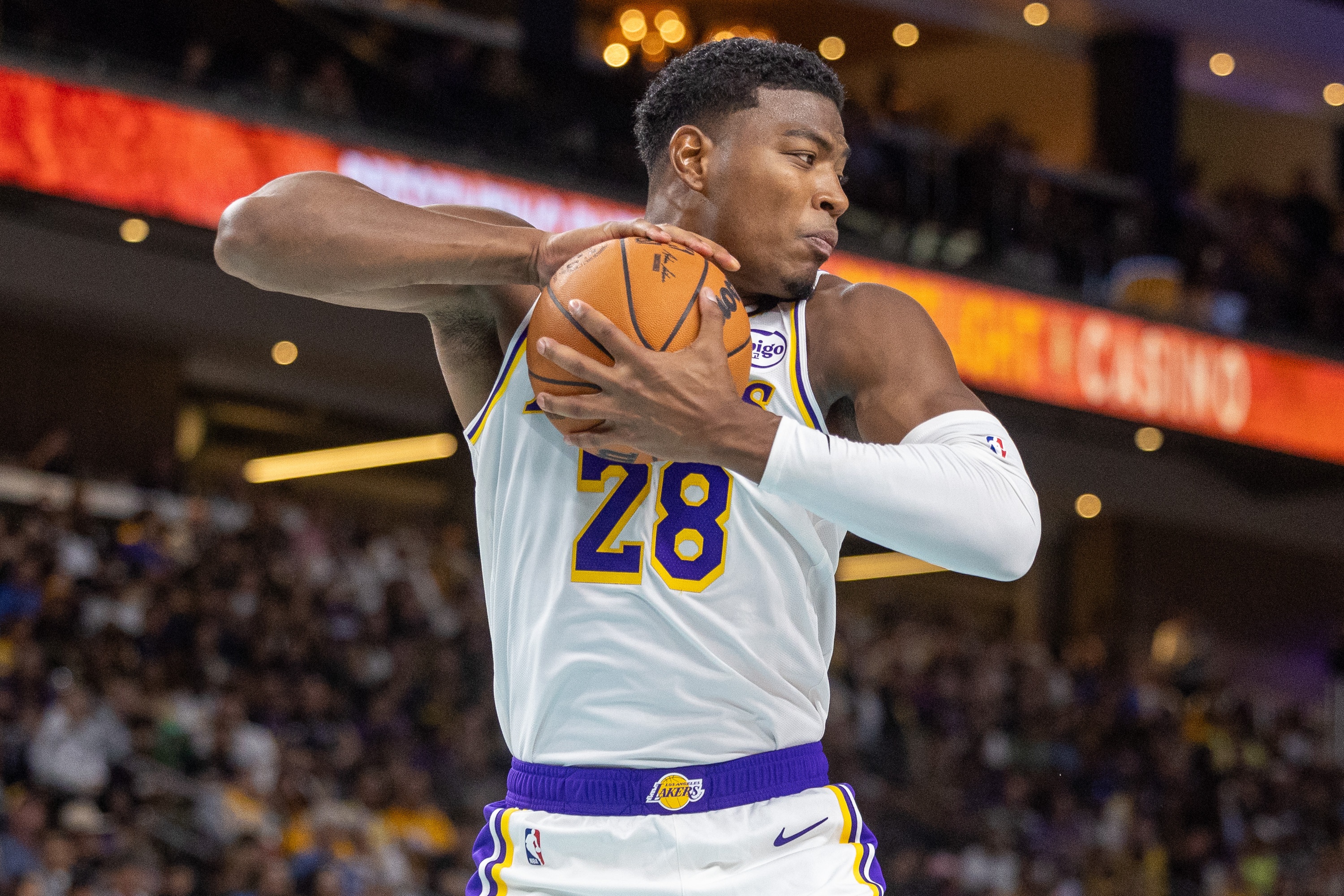
Hachimura Shizuki had some success against larger players such as Nikola Jokic (although not enough to get the Lakers to beat the Nuggets in the series). Despite this, his mobility is not enough to keep up with the defenders and wingers who are good at attacking.
Wiggins averaged 18 points per game while playing for the Warriors and the Heat last year. In 60 games he played, he shot 37.4% from three-pointers (2.2 shots per game).
Hachimura played 59 games for the Lakers, averaging 13.1 points per game and a three-point shooting percentage of 41.3% (4.2 shots per game). The argument in favor of this deal is that Wiggins can improve his defense at the expense of part of his shooting ability.
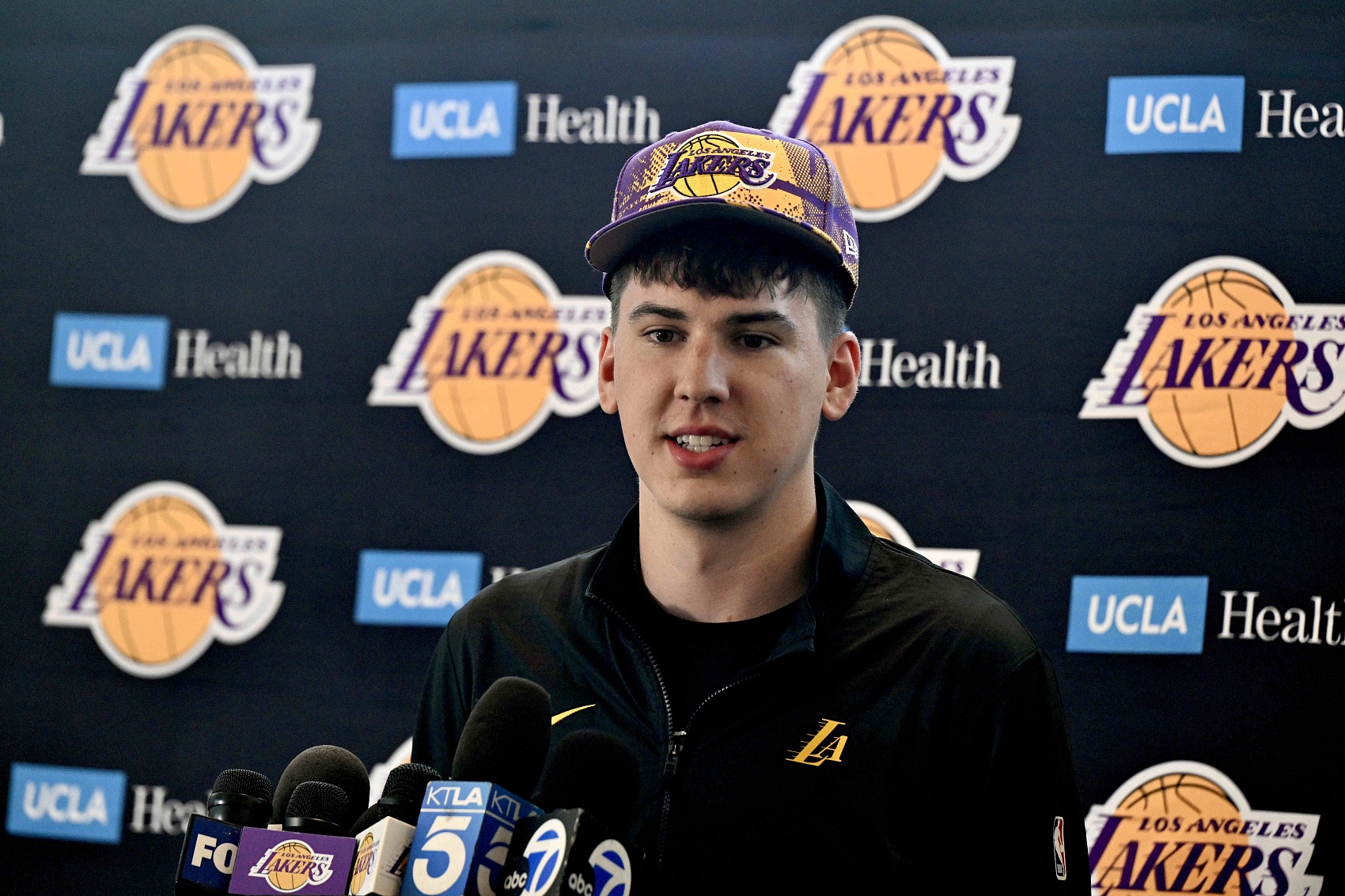
Knector may not play a key rotation role in the team this season, especially after the team signed free agent Jack Laravia and won Adu Tiero through the draft.
The Lakers missed Hax (18th pick) in the 2023 draft and chose Jaylen Hood Sifino (17th pick). Hax was one of the best rookies of the year, and Sifino is no longer in the league.
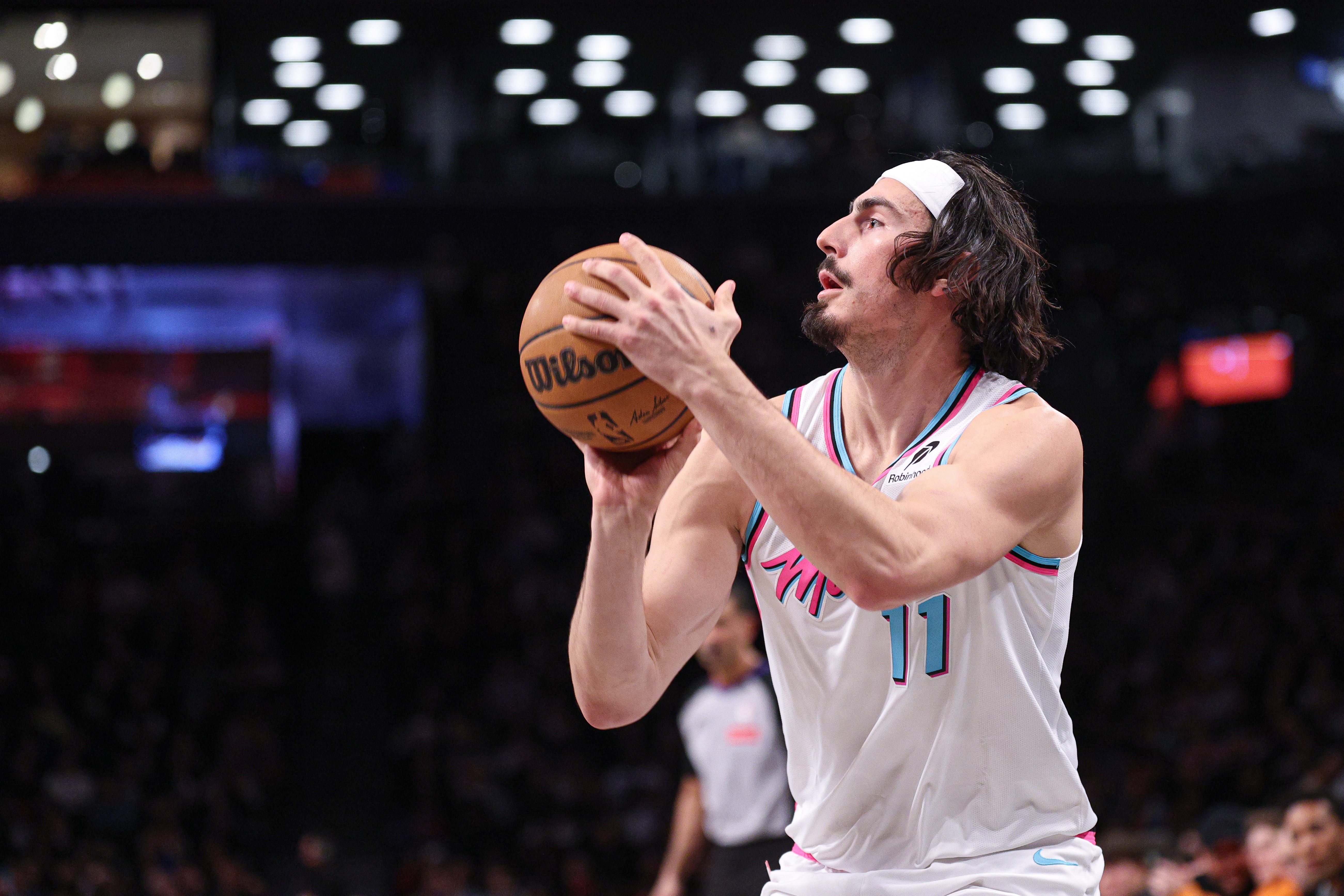
Hacks struggled with the Heat's second season, and the Lakers have the opportunity to see if the UCLA-born player can revive his moments around stars like James and Doncic.
Teams can fill the last position of the roster with a quota (such as left to Timmy) or sign a base salary veteran to keep the total salary below the first luxury tax line of $195.9 million to avoid triggering the hard salary cap. Cleber and cash make the rest of the deal feasible.
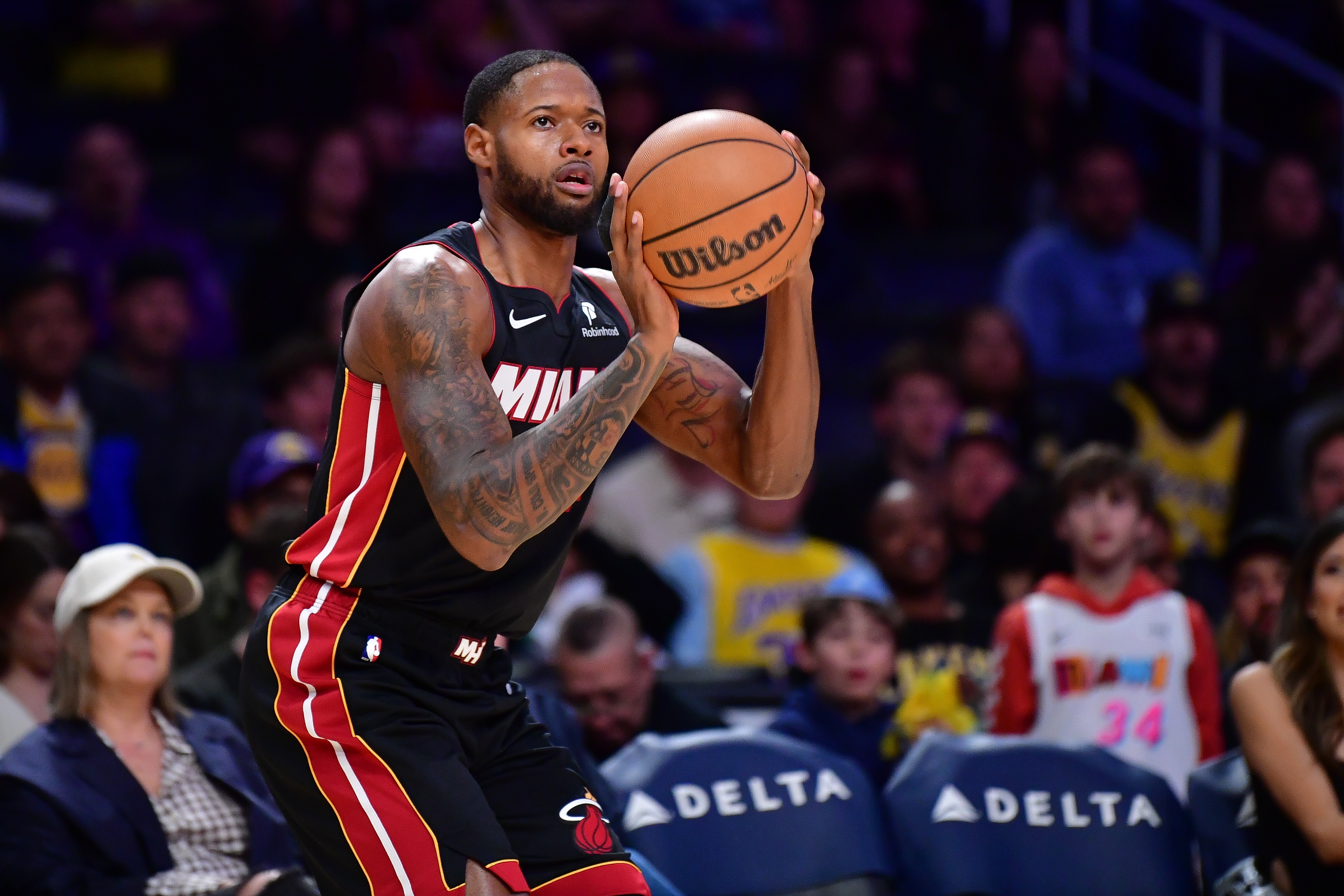
Why did the Heat do this?
By trading Heywood Highsmith to the Nets, the Heat were able to lower their salary to the league's luxury tax line ($187.9 million). Despite this, training camp invited player Ethan Thompson kept the team paying slightly above that line.
Assuming the Heat cut Thompson before the opening game, they will have to wait until mid-December to sign the 15th standard contract to avoid tax payments.
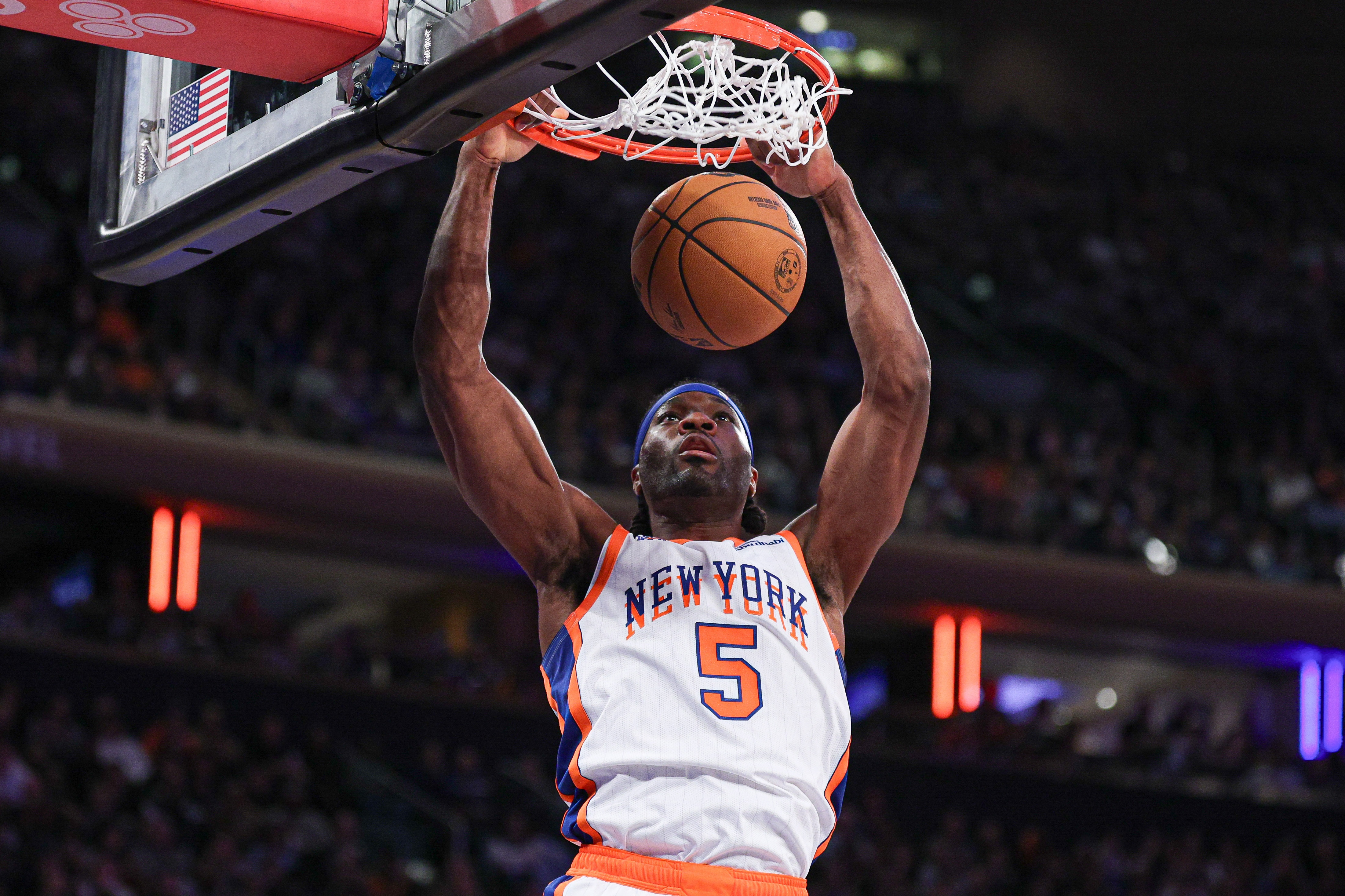
According to South Florida Sun Sentinel reporter Ira Winderman, the Heat has been in contact with Presches Achuva. Getting rid of Wiggins' contract will not only save $30.1 million next year, but it will also allow the team to pay far below the luxury tax line, thus signing Achouva.
Heat will gain additional operational flexibility, with a total salary of about $9.3 million lower than the luxury tax line.
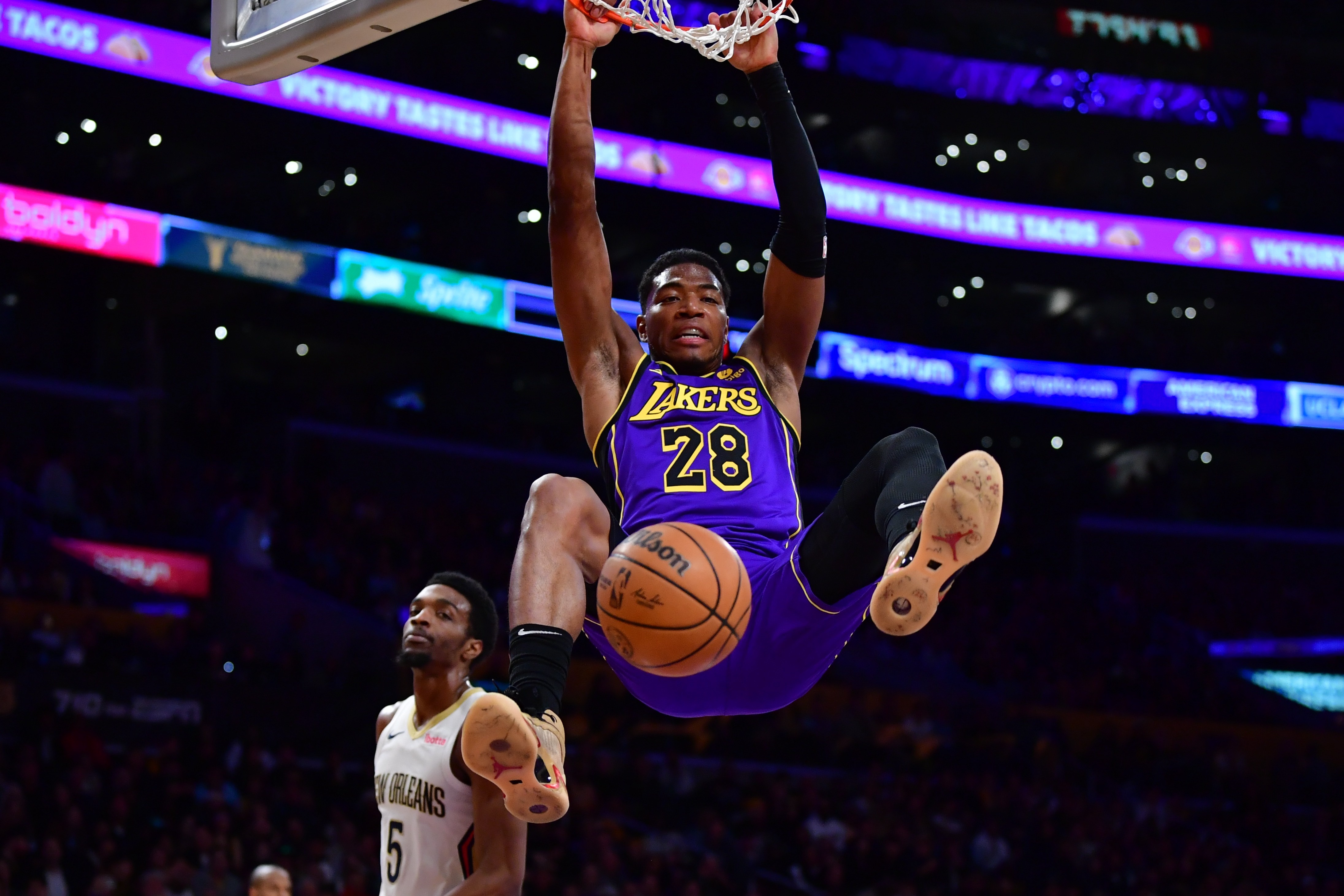
Hachimura's contract is about to expire, and if he proves that he is very suitable for the team, he is eligible for an early renewal. He is a better shooter than Wiggins and more like a pure power forward (often misplaced in the Lakers).
Knector's shooting ability is also better than Hax. Neither of them performed well last year, but the former has a longer contract life and is about to enter his second season.
The second round pick is irrelevant, and cash is the bargaining chip that contributes to the transaction, rather than directly consuming the luxury tax savings in front of the Heat.
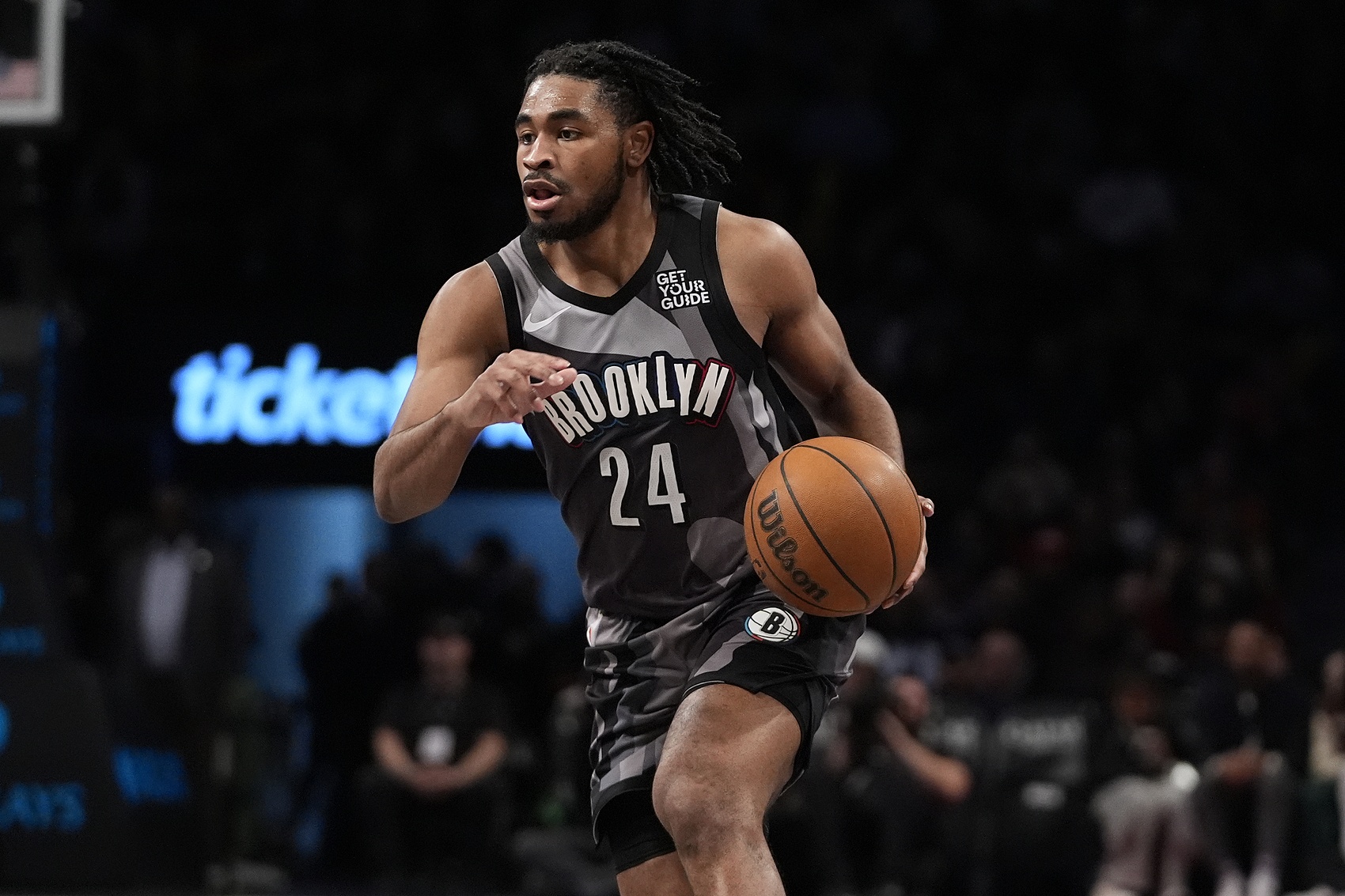
Why do the Nets do this?
The Nets recently officially reached an agreement with Cameron Thomas, Deron Sharp and Zaire Williams. Their total salary has climbed to $138.8 million, with a total of 20 players (including two of the three two-way contract places).
The minimum wage line for each team in the league this season is $139.2 million, which is the number the Nets need to reach before the opening game.
Nevertheless, the limit on the 15-man standard contract means that the Nets must lay off (or trade) at least three players. If the three were Keeon Johnson, Tyreth Martin and Drew Timmy, the team would only have to bear about $272,000 in dead money for part of Johnson’s guarantee contract, and the total salary would drop to $132.3 million (about $6.9 million away from the minimum wage line requirement). Both Martin and Timmy's contracts are insured.
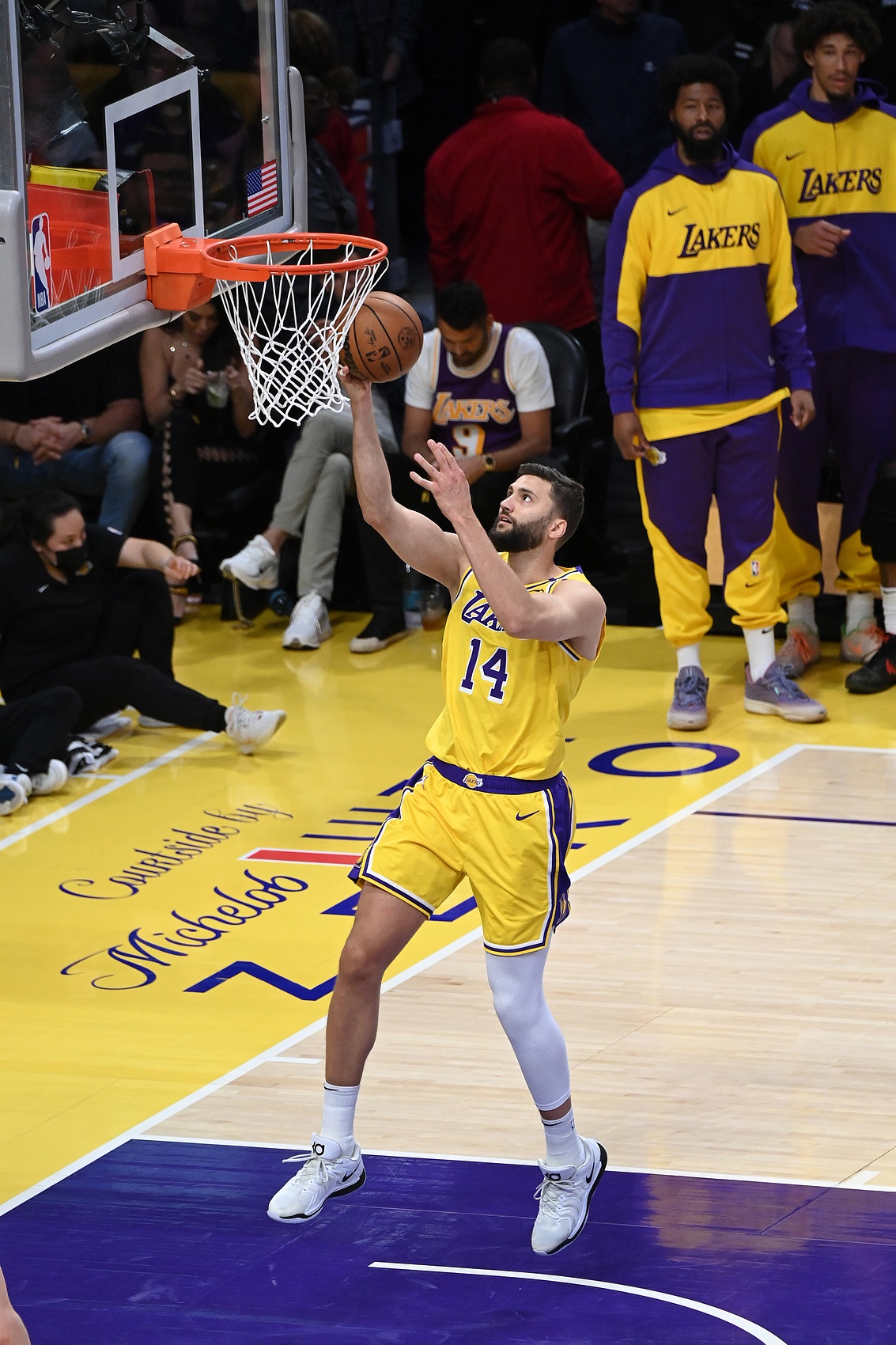
The Nets need to use this salary space before this, the question is how to use it. After getting Clayber in this trade, the Nets' salary will exceed the minimum line by about $4.1 million. The Heat and the Lakers paid a total of $6.6 million to the Nets, generating $2.5 million in profits.
33-year-old Claiber will not enter the Nets' roster, he will become a free agent, and may join a team seeking experienced veterans later in the season, and may even go overseas to continue his career.
For the Nets, this is more of a financial operation than a basketball trade that focuses on lineup strengthening. Timmy is the only player to send out, but considering that the team's roster is full, he has to face a tough battle to stay.
Author: Eric Pincus
Translator: GWayNe
source:7m enLast:Whose career do you want? Beverly: Harden s Horry wins more than Jordan but no one knows
Next:Horry: I chose the Clippers last shot, Bill s new & This is not Harden s team
Related Posts
- The Suns officially announced jersey numbers: Dillon No. 3 Jaylen Green No. 4 MaluAchi No. 10
- Greek coach: Antetokounmpo has changed a lot. The team often speaks and wants to destroy the opponent with teammates.
- Media people talk about Serbia s out: Someone has to wipe his butt, otherwise the offense will be strong enough to cover the defense
- Powell: I was a super fan of Wade since I was a child and joined the Heat. It was a perfect moment.
- Cole: Curry Butler plans to play in tomorrow’s back-to-back game with the Trail Blazers
- Dunleavy: Kumingga will remain in good shape& Focus on the team. If you do your best, you will have good roles.
- How is this season? Reeves’ average points per game increase in the first four seasons of his career: 7.3→13→15.9→20.2
- Kumingga became the fourth highest salary in the team after signing the new contract! Increases Warriors luxury tax fine by 70 million
- The contract originally had 21.34 million yuan in one year! TA: Wizards will pay Smart about $6.8 million after buying out
